Secret gnomes, mysterious doors… and overly curious seagulls
Guest post by John Agar, Managing Director at Marshall Survey Associates Ltd
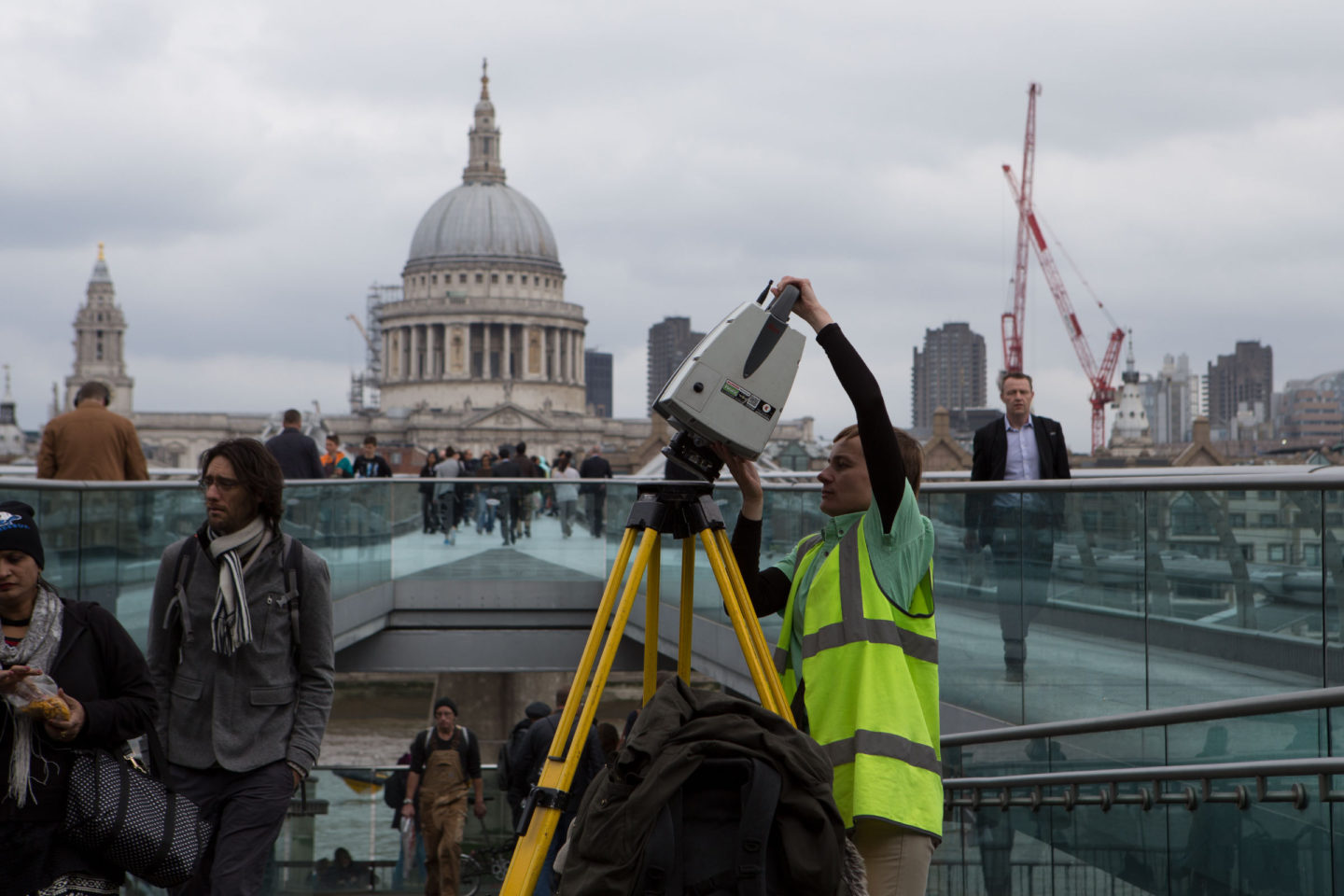
A bridge is defined as an engineering structure that is built over an obstacle to allow people and vehicles to cross from one side to another by providing a physical link. But the Thames bridges are far more than just useful structures; they form a key integral part of the sophisticated transport infrastructure that powers the heart of London. They bring life to the city and have allowed it to grow, spilling out into the surrounding Boroughs. Not to mention their iconic appearance and historic significance which is so deeply interwoven into the DNA of the Capital and those that live in it.
The ambitious Illuminated River Project aims to bring improved light to 15 of central London’s bridges and transform them into works of art, whilst also bringing a revived sense of energy to the Thames at night. It was therefore a great privilege for Marshall Survey Associates Ltd (MSA) to be tasked with the capture and documentation of the Bridges and become a part of the multi-disciplinary team assembled to deliver the project.
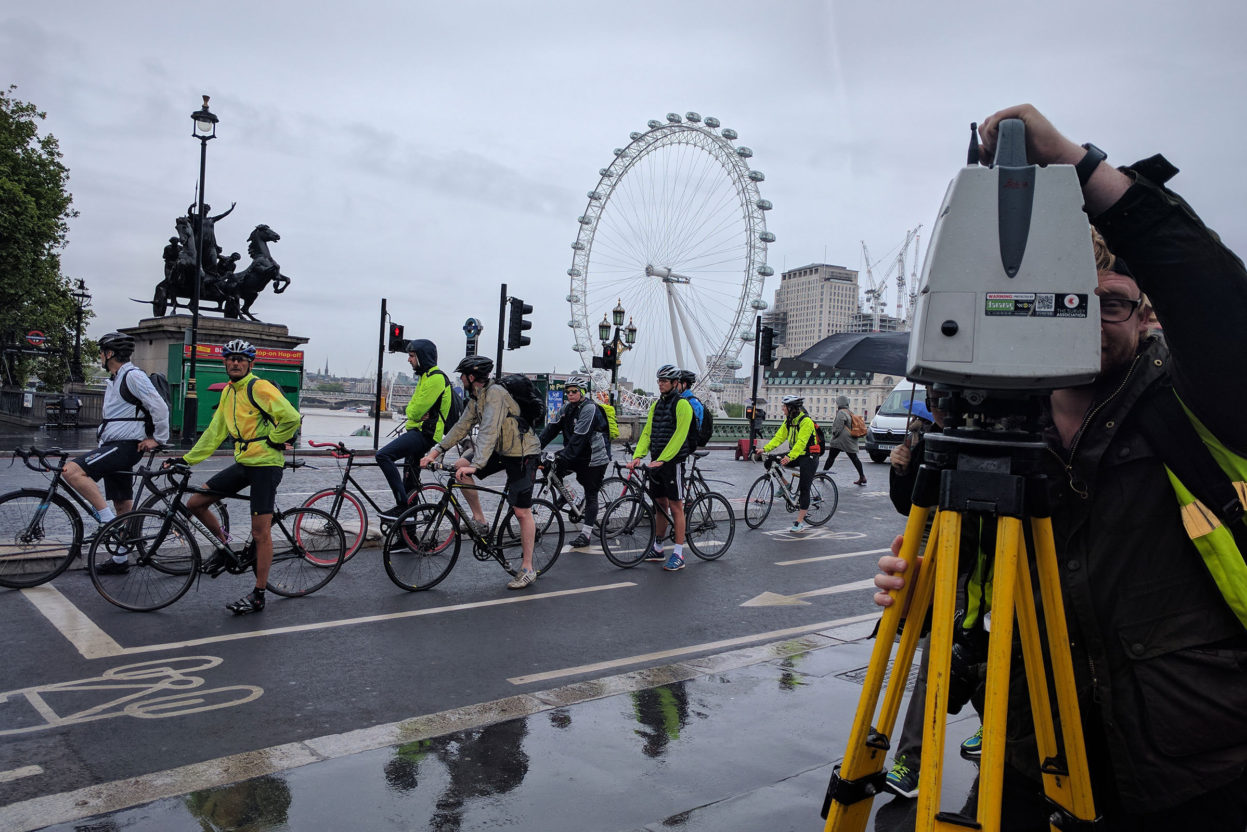
The process of measuring the bridges was extremely challenging and a great adventure for our teams. Most of all, it was a massive learning experience about the uniquely different structures and fascinating history surrounding them.
Measurements were made using the very latest 3D laser scanners from locations on top of the bridges, the adjacent embankments and on the river banks during very low tides. The tidal variation of the Thames can be as much as seven metres and our team leader Anna had to become proficient in reading tidal charts and anticipating the ebbs and flows of the Thames.

Passing boats sometimes caused waves that would require us to quickly evacuate the equipment to avoid it being washed away in the surge. Working on the river banks our teams had to constantly watch the river to make sure that they were not cut-off by incoming water, not to mention slippery rocks, soft mud and overly curious seagulls that were fascinated by our equipment. One particular seagull became infatuated with the white and green colours of the scanner and had to be constantly chased away by frustrated surveyors.
Working on top of the bridges was no easier task with the constant pedestrian and vehicular traffic. Here the team swapped curious seagulls for enthusiastic tourists armed with cameras. Following the tragic terrorist attacks in London we also came under the watchful eye of the police and security services who were on high alert, making access to certain areas quite tricky. Despite all these challenges the team had a remarkable time. We have found secret gnomes, mysterious doors, and the dead man hole at Tower Bridge.
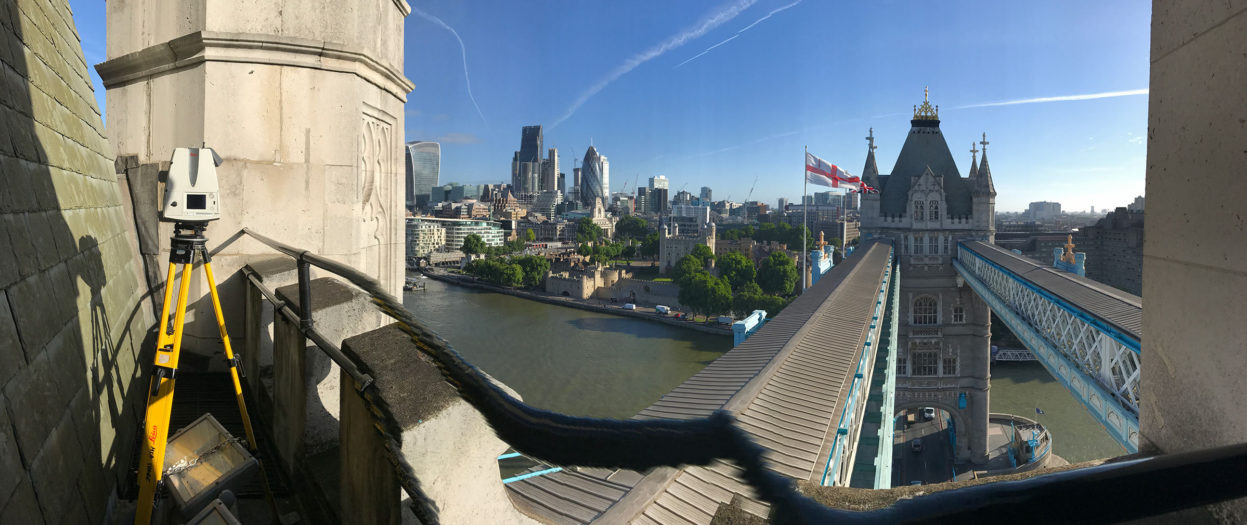
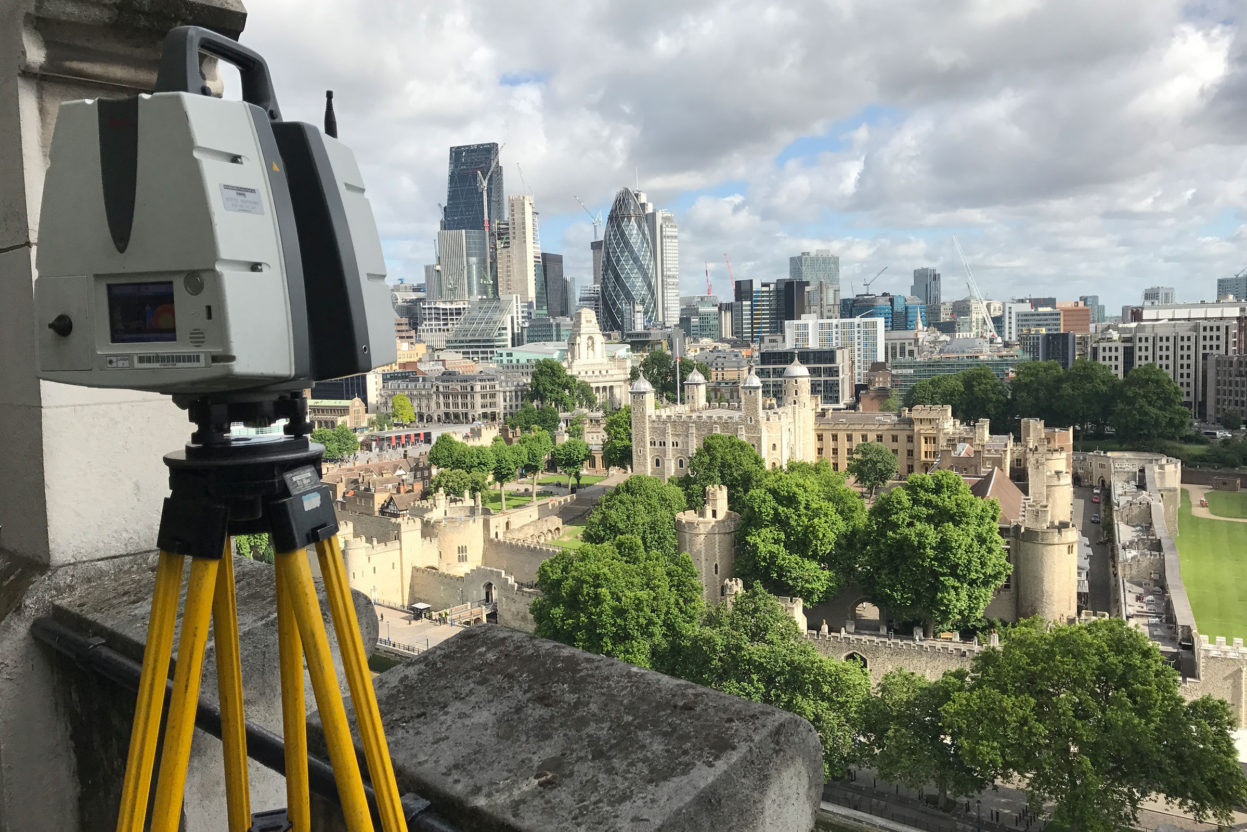
A highlight for the team was interacting with the public and cooperating with the many kind and fascinating people who work on the bridges. Scanning Tower Bridge was particularly interesting as we were able to gain access to the upper platforms of the buttress which offered the most spectacular views of London.
The extremely comprehensive data we collected was processed to provide a unified “point cloud” for each bridge that could be manipulated in state of the art software to produce accurate 3D models of all the bridges’ composite elements. The key focus for our team was to deliver cross platform 2D and 3D information to ensure the widest usage of the data by a varied team across numerous disciplines. The models also needed to be available to all stakeholders in an interactive and intuitive format for easy access. This was achieved using 3DHTML, viewer apps and rendered images.
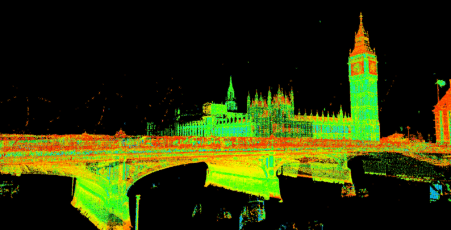
Westminster Bridge
Producing the 3D models from the point cloud data and seeing the structure reconstructed in a virtual digital environment was truly an amazing task. Piecing together all the different structural elements in carefully constructed patterns to replicate the bridges became the task for a talented and dedicated team of CAD technicians under the guidance and watchful eye of Daniel, our 3D specialist visualizer.
As we worked on each bridge we unravelled the secrets of the engineers’ designs and accurately reassembled them again to produce a precise virtual replica. Our team became totally absorbed in the work and it dominated discussion in the office for many months. Weekly bridge quiz trivia questions became common place and increasingly more competitive so that we all became experts on the topic whether we wanted to or not.
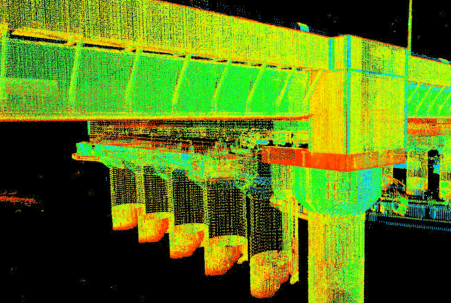
Cannon Bridge
Such was the team’s intimate knowledge of the bridges that Daniel’s partner would send obscure photographs of portions of the structures and challenge them to “guess the bridge!” However, it was the optimisation and texturing of the bridges that really brought them to life and sharing these with the Foundation and other consultants on the project created an incredible energy and enthusiasm.
The survey will inform the lighting design placement of fittings and assist in planning and support execution of the project. Even more so, the sophistication of the deliverables will allow the team to go further and to fully test the concepts within a virtual environment prior to committing to costly implementation.
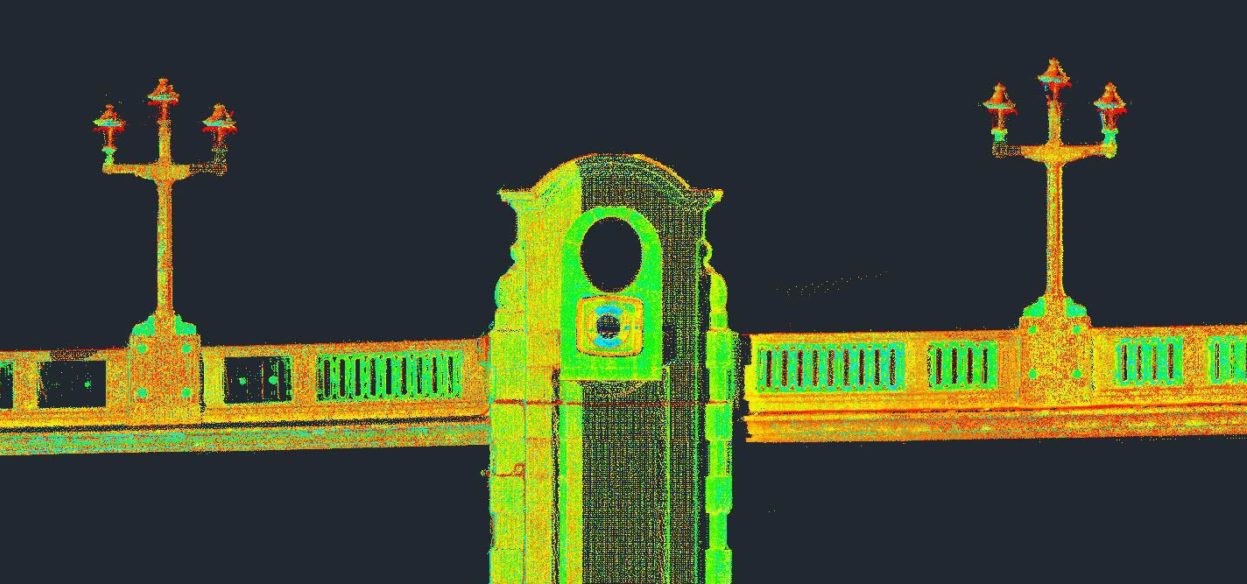
Southwark Bridge
Tests can be assessed for each bridge individually or on a macro level by interrogating all bridges together within VuCity, which is the highly accurate and fully interactive 3D digital model of London. It is the ultimate aim of the Illuminated River Foundation to continue to share this virtual data so that others can interact with the information, ensuring a lasting legacy and maintaining a historic record of these magnificent structures for posterity.
Photos: Marshall Survey Associates Ltd



